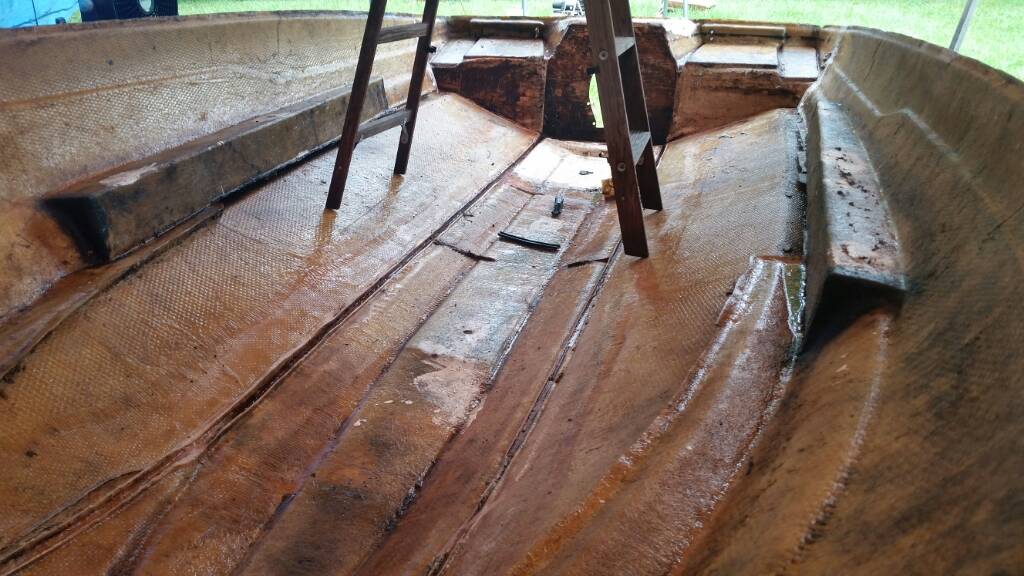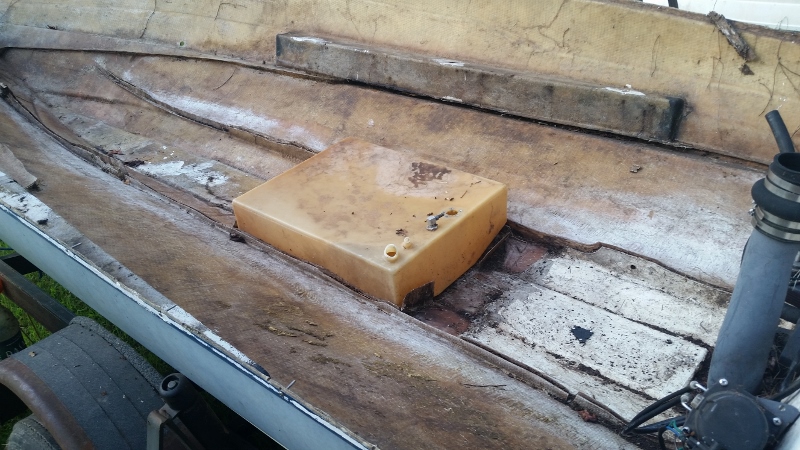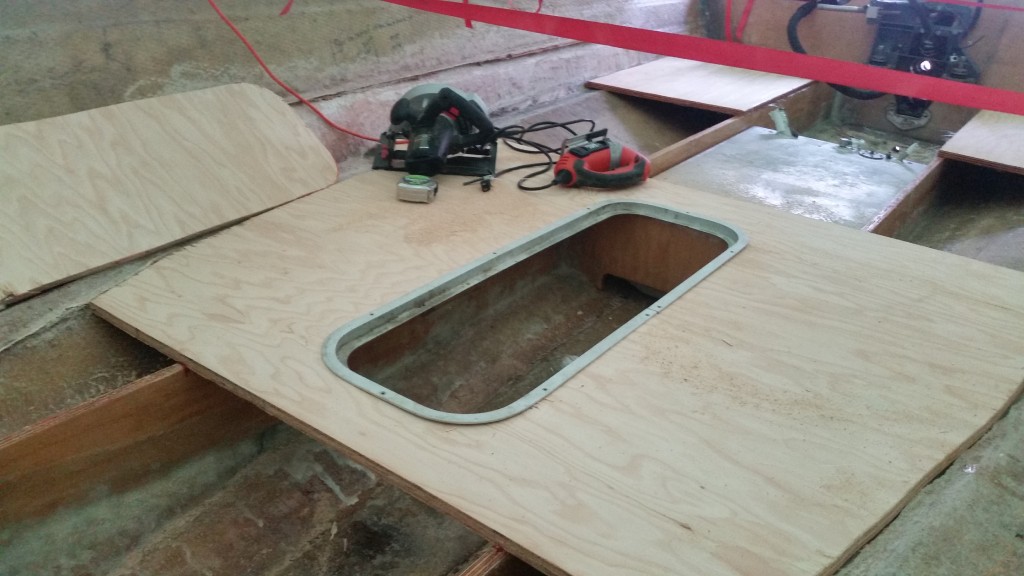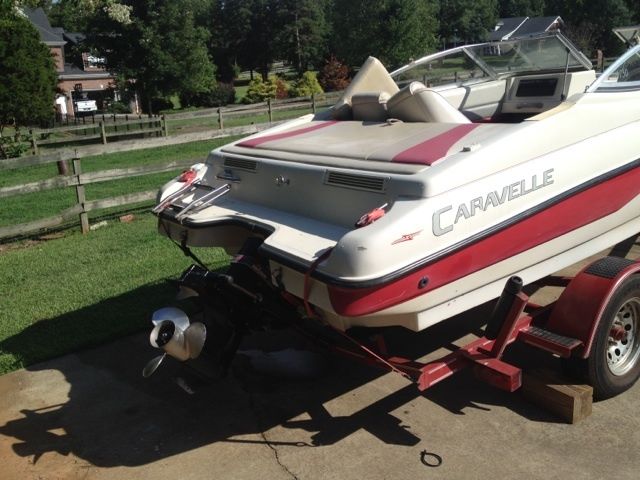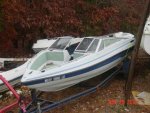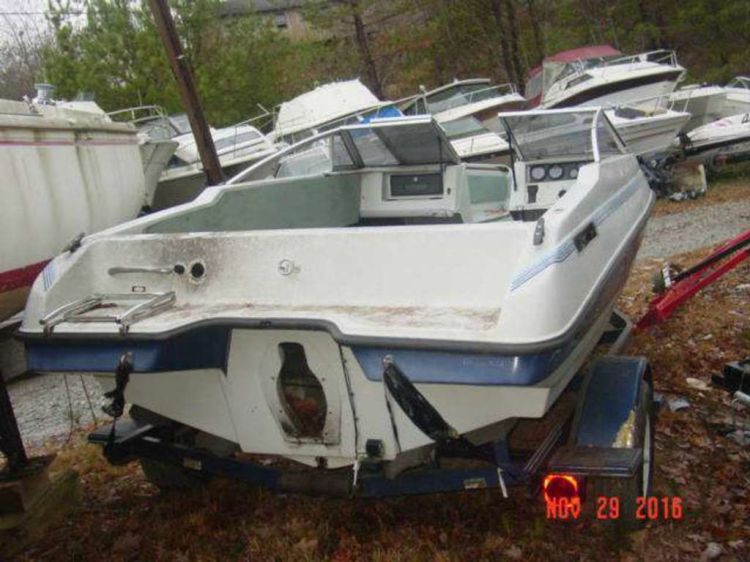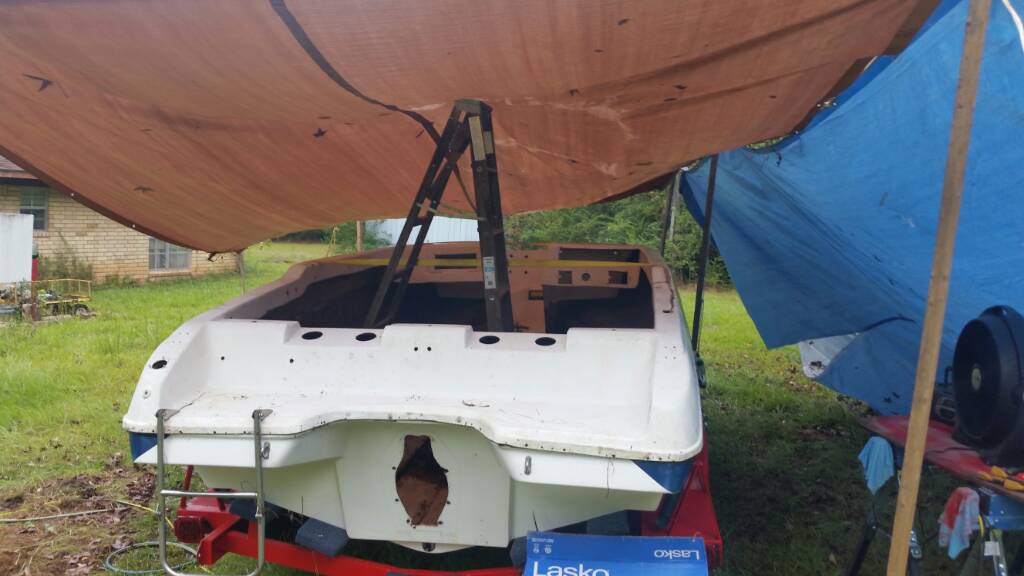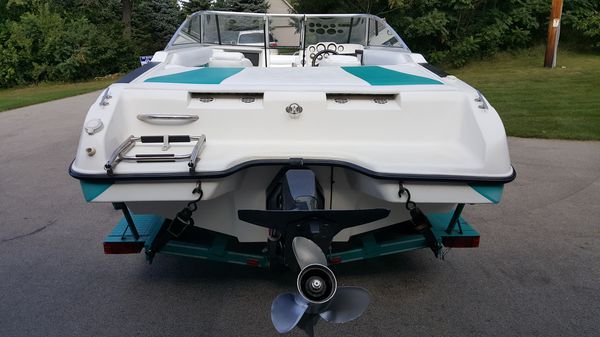Reserector_
Chief Petty Officer" & 2021 Splash of the Year Win
- Joined
- Oct 15, 2019
- Messages
- 650
I found this to be a good read. Nice Deck!
https://www.yachtsurvey.com/fueltank.htm
That is the main article I went by. It was the clearest and most concise write-up I found.
I realize that this is a tired old topic, but as I read thread after thread of different boaters' drivel, I found that there were more mounting methods and opinions than there were types of tanks and places to put them. I had to call BS on much of it and start looking at manufacturers sites to see what they recommend. That's how I found the ABSC standard.
I think it's good to challenge opinions and workmanship. So know that I appreciate it. I was just about to accuse you guys of going too soft on me. LOL The main reason I joined this forum and started a build thread was to create accountability for my work with a group that could catch a blunder before it escalates.
I think I have it well supported to allow expansion. The plastic can flex if it needs to. I chose the support location because although they rest on the bottom, they are at the toe of the stringer tabbing, a few inches from the stringer. Should be plenty stiff there. The original tank was plastic and rested on two pieces of rub rail insert attached to the bottom center wood with one screw each. No other attachment. Just dropped in the hole and glassed in. It survived fine until it sat in the sun for 15 years. It might still be usable, but I wouldn't trust it.
Anywho, what I have now is more supportive than stock.
Factory tank and a view of the vinyl supports...
